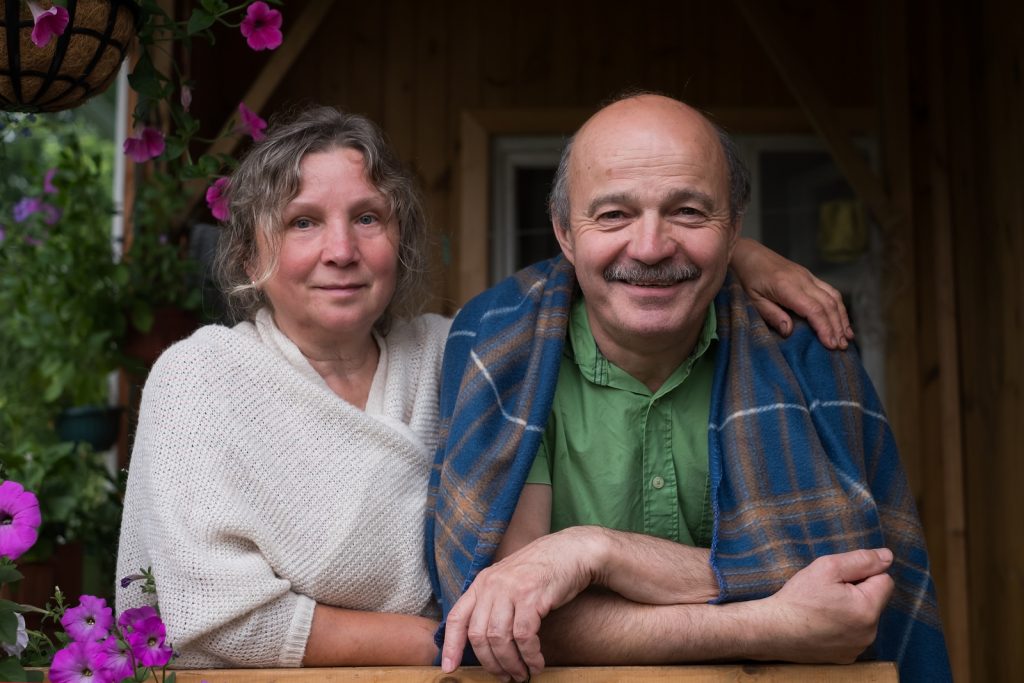
An assessment is a snapshot in time that looks at someone’s current lifestyle and needs, and from that we suggest and design improvements for them – without any advanced assumptions on what they require.
Designing for people’s needs in advance
While we hear a lot of discussion about accommodating people changing needs in advance of when those needs might be expressed or noticed, designing for aging in place is a complex matter. Part of this idea – of designing in advance – is a correct concept, and part of it is overstated because aging in place is an individual situation that likely changes over time.
Each person has their own requirements, and a universal or comprehensive fix, as it were, is not practical or possible. What one person requires may not make any sense for other individuals. Even when two or more people have grown up in the same home with the same parents and even similar life experiences, their response to those might be very different, including their physical conditions, likes, dislikes, and needs.
A similar upbringing or past doesn’t guarantee a similar present
Siblings or even twins who lived in the same home growing up were exposed to the same music, food, discussions, and other common aspects shared within the home. The personalities of their parents were shared experiences as well. Yet, as adults, they may differ dramatically in their worldview and their likes and dislikes. Some may favor certain types of foods and flavors while others do not. One may love red as a color while the other favors yellow or something else. They have different tastes in cars, art, music, and entertainment. They watch different TV shows and read different articles and books.
Even two neighboring homes that were built at exactly the same time by the same builder can be very different today because of the way that they are used aand occupied and the additional features and decorator options that have been added. Even if they were delivered exactly the same and it would have been difficult to distinguish one from the other by initial appearances when they were new, after they have been occupied and each owner has placed their personality in the home with their furnishings, paint colors, wallpaper, dishes, artwork, and other accessories, each home takes on its own identity. They no longer are the same and could be quite different.
Aging in place is based on the individual
As each occupant ages in place in their – initially identical – home differently how then can we have an aging in place strategy that appeals to all people in all situations? The closest we can get is universal design and visitability which levels the playing field by creating a type of accessibility that anyone can use. It’s not dependent on any particular quality of vision, hearing, balance, or any type of mobility. In this sense, we can design for aging in place needs but not for the specific individual.
This is why creating aging in place designs is user-determined and user-specific. Imagine still wearing clothes (assuming they fit) that we purchased 20 years ago or even pursuing the same types of activities or hobbies in the same way. Styles change and our abilities and outlooks on life change over time. We might still be able to fit into an outfit we wore long ago or still able to hit a golf ball or play tennis, but it likely isn’t quite the same as it was formerly.
A prescriptive approach is not what is needed
We can respond to someone’s needs and requirements, and we can evaluate how their lifestyle might be changing from what it has been or how it is today. We can make suggestions to accommodate that current or perceived lifestyle, but the key to creating effective aging in place design solutions is to evaluate the current condition and needs of an individual and then to make suggestions to maintain their standard of living (to keep it from declining) or to enhance it.
As much as it might desirable to advertise that we can create aging in place designs, we should not be implying that is done in advance as a template approach regardless of someone’s individual requirements or needs. We create the solutions, but only after we have determined what is necessary. It’s all dependent on what each individual requires. We have to be responsive to someone’s needs and living environment and not approach it as some solutions-based template that we are implementing irrespective of what someone might require.
It’s not unlike purchasing a new outfit for someone without knowing whether they would like it or want to wear it or taking them to dinner and ordering ahead for the meal to be ready when they arrived. Just as neither of those actions would be welcome because we just can’t know how well they would be received, and we run the risk of interjecting our own opinions, insights, and experiences into the mix, trying to anticipate what someone’s needs and desires – or their abilities – will be at some future date makes no sense either.
